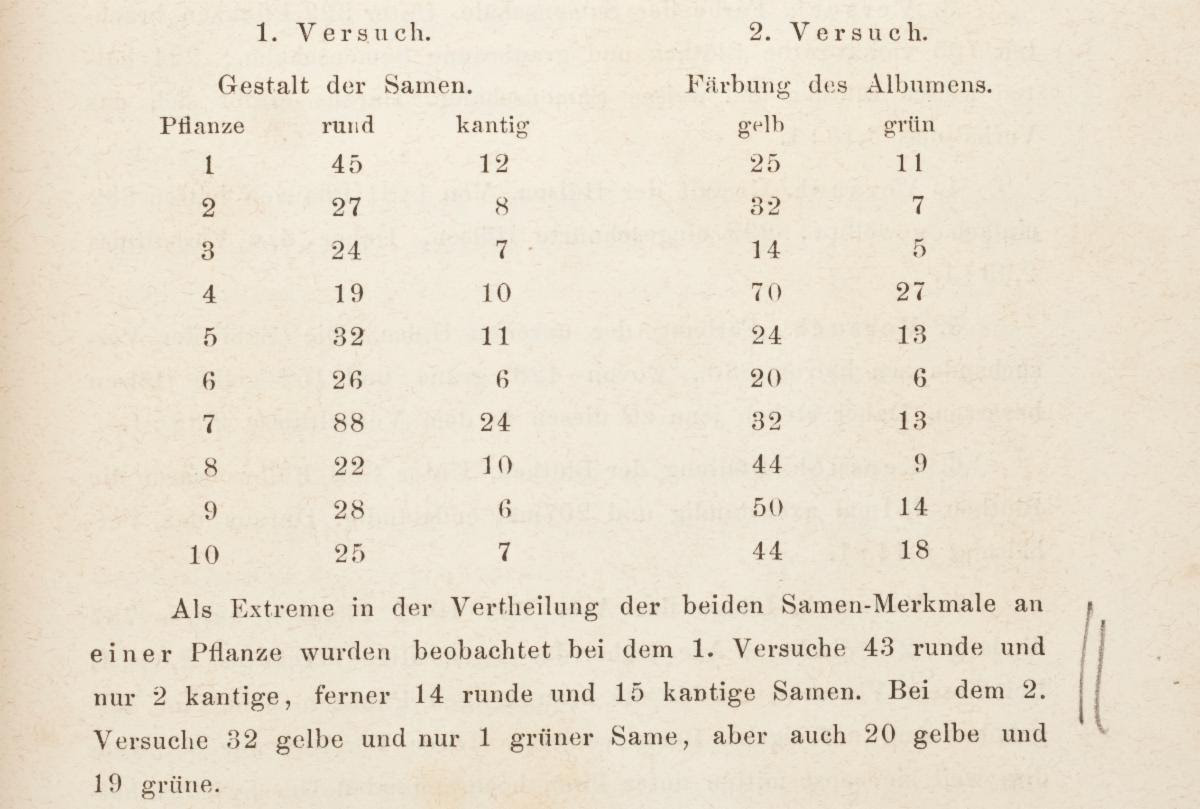|
News Bits
Former representative Charlie Stenholm passed away Wednesday at his home in Granbury, Texas. He was 84.
Representative Jodey Arrington released a statement on his passing Thursday.
"With his broad smile and West Texas humility, Charlie Stenholm did a lot of great things for the place and people he loved. Known simply as 'Charlie', this cotton farmer from Stamford, deeply devoted to family and the land, typified the citizen legislator our founders envisioned. Anne and I deeply mourn his passing," said Rep. Arrington.
Stenholm owned a 2,000-acre cotton and cattle farm, and according to Agri-Pulse, "began a career in agricultural programs and politics as an appointed member of the Texas State Agricultural Stabilization and Conservation Service (now the Farm Service Agency) committee during the administration of former President Jimmy Carter."
His career was highlighted by the effort to push for modern farm production and limit government spending.
Stenholm was a strong advocate for agricultural policy in the late 20th century. He was in office until the early 2000s, and later went on to teach agricultural policy as an adjunct professor at Tarleton State University in 2018.
U.S. corn and soybean planting and development remain ahead of average.
Recent weather in most of the Midwest and Plains has been generally favorable but parts of the region could see a drier pattern into early June, potentially causing some stress in those areas.
The USDA says 81% of U.S. corn is planted, compared to the five-year average of 75%, and 52% has emerged, compared to 45% on average.
66% of U.S. soybeans are planted as of Sunday, compared to 52% normally in late May, and 36% has emerged, compared to 24% on average.
31% of winter wheat is in good to excellent condition, 2% more than a week ago following rain in parts of the Plains, and 61% has headed, matching the usual rate.
64% of spring wheat is planted and 32% has emerged, both slower than normal, because of wet, cool conditions in parts of the northern Plains.
45% of cotton is planted, compared to 50% on average.
90% of rice is planted and 76% has emerged, both faster than the respective five-year averages, with 73% of the crop called good to excellent, 3% above last week.
33% of sorghum is planted, in-line with the average pace.
37% of U.S. pastures and rangelands are in good to excellent condition, 3% higher than the prior week.
The USDA's weekly crop progress and condition numbers will run through the end of November.
Brownfield reports: Results from this year's Hard Red Winter Wheat tour show it could be the worst crop in 60 years.
The Wheat Quality Council predicted an average of 30 bushels per acre with production at 178 million bushels, the first time since 1963 total production in Kansas could be under 200 million.
Romulo Lollato, an extension wheat and forage specialist with K-State, says drought ruined much of the crop in Southwest and South-Central Kansas - the two largest wheat producing regions in the US. "I don't think there's much crop there to be harvested."
The tour's estimate came in one bushel per acre higher than USDA's latest prediction, but 13 million bushels lower in total production.
He tells Brownfield while the tour didn't estimate how much of the crop will be abandoned, it will have some impact on supply. "Both on the grain side, but also on the seed production side. If you're thinking about the growers and the decisions they are making for the next fall when they're planting their next crop, they may not have the seed available."
Thirty bushels per acre is the lowest evaluation since 2000, according to the latest available data.
Alejandro Plastina, Iowa State Extension Economist
The most recent annual survey of cash rental rates for Iowa farmland shows that rates increased by 9% in 2023 to the highest average value on record: $279 per acre. This new peak rent is 3.3% higher than the previous one of $270 per acre observed in 2013 (Figure 1). In comparison, average nominal (not inflation-adjusted) corn and soybean prices received by farmers in Iowa in the first quarter of 2023 were 2.8% higher and 4.4% lower, respectively, than in the first quarter of 2013.
U.S. consumers' eating patterns differ from Federal recommendations for many food categories, and where food is obtained plays a role. Researchers from USDA, Economic Research Service (ERS) and the University of Georgia examined diet patterns based on density--amounts of food consumed per 1,000 calories--using the latest available national food consumption survey data collected in 2017-18.
They compared average consumption densities of 17 food categories with what would be needed to match the Dietary Guidelines for Americans recommendations, assuming a 2,000-calorie intake. Average total consumption densities for 11 food categories fell more than 20 percent outside of recommended levels, with whole grains more than 70 percent below the recommended amount.
Refined grains, on the other hand, had a consumption density of more than 85 percent above the recommended level. Densities of 6 food categories were within 20 percent of the recommended range. Generally, food purchased at grocery stores, supermarkets, and similar retailers for home preparation had consumption densities more in line with dietary recommendations than food obtained from commercial away-from-home sources (primarily restaurants and fast food establishments).
|
 Placing Gregor Mendel back among the Mendelian
Placing Gregor Mendel back among the Mendelian Placing Gregor Mendel back among the Mendelian
Placing Gregor Mendel back among the Mendelian